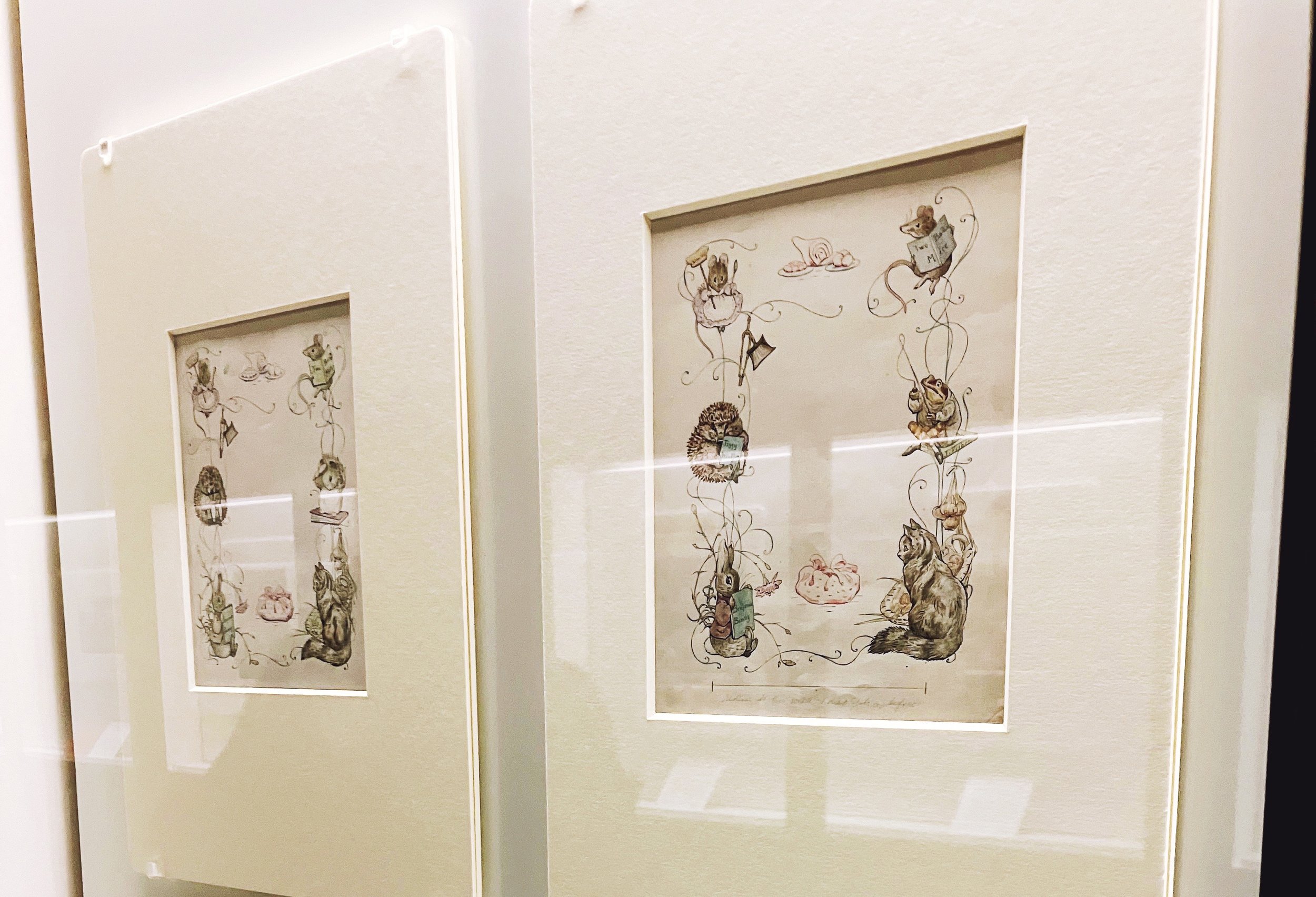
Katy Rose Collection: Art, Words
Come, Thou Fount of Every Blessing
Come, Thou Fount of Every Blessing
By Robert Robinson
Norfolk, England
1758
After young Robert’s father died, his mother had trouble controlling his unruly ways. She sent him as a teen to London so he could learn to be a barber, but drinking and gang-life consumed him. Then, one night, after feeling uneasy about seeing a fortune teller, he stumbled in to hear a preacher. He quickly sobered up as the preacher talked about sin and grace, and soon after surrendered his life to Christ. He became a minister, sometimes writing hymns to go along with his sermons. That is how Come, Thou Fount of Every Blessing came to be, his prayer for God’s mercy to flood our hearts, enabling us to forever sing His praise.
Information drawn from “Then Sings My Soul” by Robert J. Morgan
A Dream to Fix the Problems
There was once a boy named Fred with a secret dream to be a lawyer. They were people who helped fix problems, he heard, and his southern town had lots of problems. He kept his dream to himself because young boys with his color skin in the 1930s never grew up to be lawyers. But his mother, a widow who cleaned houses, taught her five children they could be anything if they did three things: keep Christ first, stay in school, and stay out of trouble.
So Fred worked hard to earn his law degree, even traveling to a faraway state where a school would accept him despite his skin color. Fresh out of law school and back home, he got a call one Friday afternoon. It was Rosa Parks. That morning she had been arrested for her quiet protest – refusing to move to the back of the bus because of her skin color, and she asked 24-year-old Fred to be her lawyer. All weekend he sat in a living room with a few friends plotting out what had to happen surrounding the trial and, from that, the Montgomery Bus Boycott took shape. They needed a leader to help motivate the African American community in town and someone in the living room suggested their Reverend, a young man named Martin. He could move people with his words, they said. Mrs. Parks’ trial commenced Monday along with the planned bus boycott, which lasted not one day, but 388. The young Reverend, Martin Luther King Jr., motivated the people while Fred provided the legal guidance.
Photo from Bus Ride to Justice by Fred D. Gray
Fred kept helping and working and asking God how he should handle each trial that came his way. After Rosa Parks’ trial, his cases included the Tuskegee Syphilis Study, the Desegregation of Alabama Schools, and 1965 Selma March. He worked beside Dr. Martin Luther King Jr.’s till the very end, which in many ways was just the beginning for so much change was needed, and as Fred says at 93 years old, is still needed.
Today he’s still working in his southern town to help fix problems. To hear him speak this past weekend was quite a privilege, as he generously offered a glimpse of all that was required behind the scenes to move the needle of progress little by little.
Photo from Bus Ride to Justice by Fred D. Gray
The Real Timeline of a Masterpiece
On a rainy day in London, a visit to the Victoria and Albert Museum in London offered new perspective.
My husband and I ducked into the Victoria and Albert Museum on a rainy day in London a few years ago. A line wound around the lobby for a Chanel fashion exhibition, but we slipped past and headed upstairs to find the two things I was looking for.
In our laundry room hangs a print of The Way Wain by John Constable (1821). I found it at a garage sale 15 years ago and grabbed it without knowing the painting or artist. I’ve grown to love it exponentially more as I’ve read about John Constable and his work in the years since.
At the Victoria and Albert hangs not the final Hay Wain, but his original to-scale draft that he completed before painting the actual piece, a glimpse of the hours of work he put in leading up to the final masterpiece. Somehow, I was drawn to the draft more than the completed work. You could feel that the artist was just a person, still practicing.
Nearby, in a befittingly cozy passageway hung several Beatrix Potter originals, paintings that my children and I have seen so often in our well-loved copies of Peter Rabbit, Mrs. Tittlemouse, Jeremy Fisher, and the whole bunch. But what I loved most of all were the early sketches.
I purchased a print of a pencil sketch of Mother Rabbit and her children to hang at home beside a copy of the real thing seen in The Tale of Peter Rabbit, a little reminder that in our house there’s a lot of praying, planning, and messing up on the way to the finished product.
More often than not, our days look like a sketchbook, full of eraser marks, rewrites, prayers. Masterpieces might be our final point on the timeline but the beautiful work often comes in the perseverance and diligence leading there.











